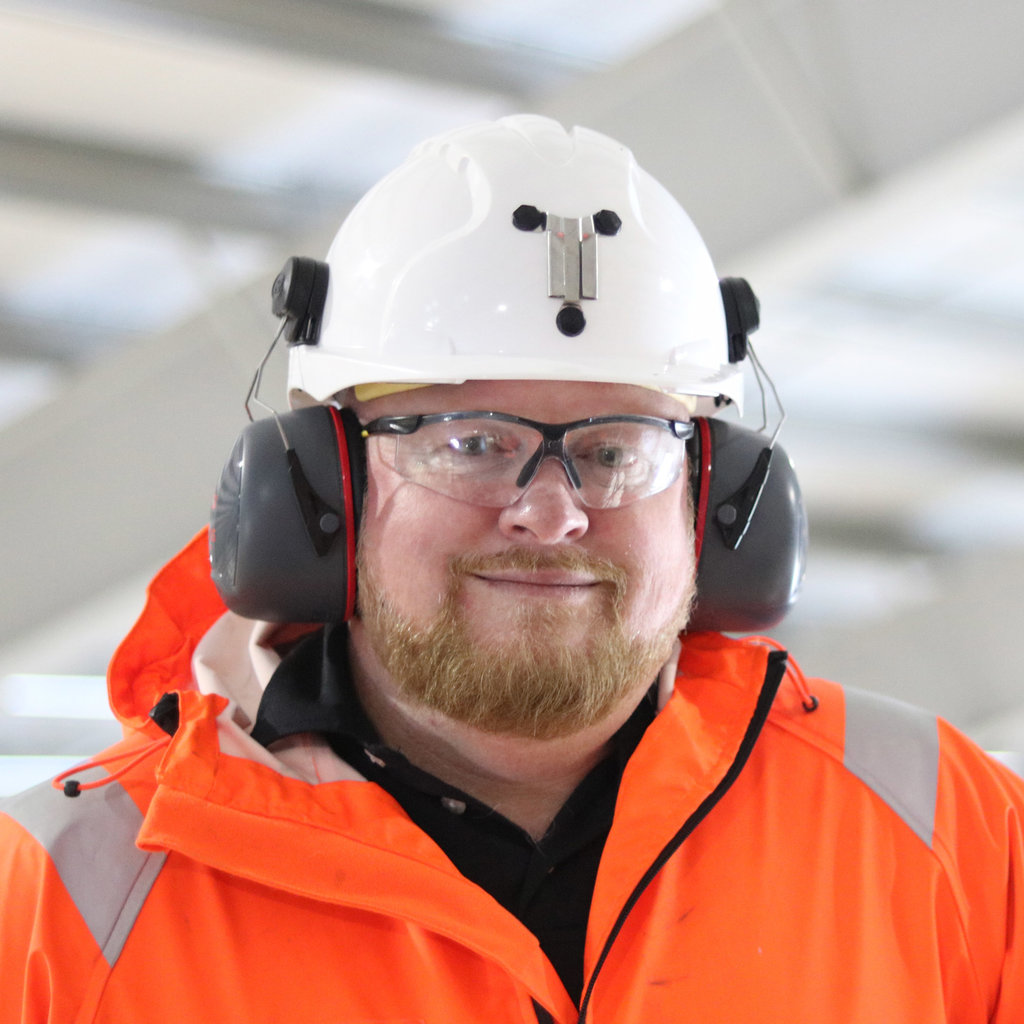Feature
How AI is reshaping spine surgery
Artificial intelligence is transforming spine surgery by boosting diagnostic precision, improving surgical navigation, and personalising outcomes. While advanced tools are increasingly integrated into clinical workflows, key challenges persist, writes Bernard Banga.

Digital illustration of AI-assisted robotic spine surgery. Credit: Ilya Lukichev / Shutterstock
More than seven million spine operations are performed worldwide each year. A study published in Frontiers in Pain Research, reports that around 500,000 of these procedures involve the lumbar spine in the United States, reflecting a similar global trend. The study highlights a steady increase in the volume of spine surgery, driven largely by an ageing population and the rise in degenerative conditions.
According to GlobalData, the global spine surgery market was valued at approximately $17.6bn in 2024 and is projected to reach $26.1bn by 2031, growing at a compound annual growth rate (CAGR) of 5.8%. This growth is driven by advancements in surgical technologies, the rising demand for minimally invasive procedures, and an aging demographic.
As Dr Jeffrey H. Siewerdsen, Professor of Biomedical Engineering at Johns Hopkins University, explains, the global ageing demographic is driving increased demand for spine surgery, particularly to treat degenerative disorders.
Expanding the frontiers of clinical efficiency
Surgical indications are distributed as follows: 30% for degenerative disc disorders, 27% for spinal deformities such as scoliosis and kyphosis, 26% for trauma, 9% for tumours and infection, and 7.8% for osteoporosis. The growing global demand is also fuelled by the rise of minimally invasive surgery, robotics and artificial intelligence. Dr Neeraj Mainkar, Vice President of Software Engineering and Advanced Technology at Proprio, says “the integration of AI and advanced technologies is transforming the way we approach spine surgery, offering more precise and personalised solutions.” Despite the use of state-of-the-art robotics, complication rates remain significant. “At one year, the cumulative incidence of complications was 15.5%, with 10.3% due to surgical complications, including infections and issues related to robotic surgery,” observed teams from the Virginia Spine Institute in Reston, Virginia (US).
Major industry leaders in spine surgery, including Medtronic, Globus Medical, Stryker, NuVasive, and DePuy Synthes, are currently investing up to 20% of their R&D budgets into integrating AI into their robotic systems. This integration promises greater personalisation of surgical approaches, a reduction in complications by up to 30%, time savings, cost optimisation and acceleration of patient pathways.
AI-driven imaging and insight into spine surgery
Since 2020, a total of 105 clinical studies have investigated the applications of artificial intelligence in spine surgery. Machine learning (ML) is primarily employed to predict the risk of postoperative complications – including infections, screw misplacement, and recurrence – with area under the curve (AUC) scores exceeding 0.85. It is also used in patient triage and the calculation of severity scores.
Convolutional neural networks (CNNs) – deep learning algorithms inspired by the visual cortex – play a pivotal role in medical imaging analysis for spine surgery. These models automate the segmentation of vertebrae and intervertebral discs, detect lesions such as fractures, herniations, and metastases, and assess disc degeneration using MRI or X-ray imaging. For instance, the V-DetectoRS model achieves an average Dice similarity coefficient of 87.8% for vertebral segmentation in scoliosis radiographs. CNNs can also estimate Cobb angles with a mean error of less than 3 degrees and localise certain spinal lesions with sub-2 mm accuracy. For grading disc degeneration, these models have demonstrated accuracy rates of up to 92.5%. Their automation capabilities reduce interpretation time and inter-operator variability, enhancing clinical integration.
Deep learning tools have also achieved 88% accuracy in differentiating vertebral fractures on CT scans, as shown by the Department of Radiology at Peking University Third Hospital in Beijing, China. Automated image segmentation further supports personalised surgical planning, maintaining a mean angular error below 3 degrees. Recent models have shown 78% sensitivity and 68% accuracy in detecting osteolytic bone metastases from CT imaging. Similarly, a state-of-the-art vertebral segmentation model has reported a Dice score as high as 95%.
Key clinical use cases for AI in spine surgery
“AI is already beginning to change how we practice spine surgery,” says Nader Pouratian, MD, PhD, from the Department of Neurological Surgery at the University of California, Los Angeles (UCLA). A recent review published in JAAOS Global Research & Reviews explored the clinical applications of artificial intelligence in spine surgery.
Conducted by the Department of Orthopaedics and Traumatology at the Li Ka Shing Faculty of Medicine, University of Hong Kong, the study identifies three major domains where AI is currently applied: prognosis and diagnosis (in over 69% of studies), medical image processing (27.6%), and intraoperative surgical assistance (2.8%).
“The majority of these models rely on supervised learning, with deep learning dominating medical image analysis,” explains Dr. Liangyu Shi, orthopaedic and trauma researcher and lead author of the study. The review highlights that AI tools offer significant benefits in complex spine procedures – such as tumour resection, spinal fusion, correcting severe deformity and trauma surgery – by enabling multimodal automated segmentation, high-efficiency image synthesis, personalised functional outcome prediction, and real-time detection of perioperative complications. In these challenging scenarios, AI-enhanced navigation and surgical planning are emerging as critical components of modern operative workflows.
AI in spine surgery: hurdles and growing momentum
The integration of artificial intelligence into spine surgery still faces significant challenges. One key limitation is the relative novelty of robust clinical evidence: the majority of high-quality studies have only been published since 2020, and large-scale, prospective, multicentre trials remain scarce. Besides technical barriers – such as limited interoperability between systems (see Box 2) – multiple ethical and regulatory issues need to be addressed. These include data privacy, liability in the event of an AI-driven error, algorithm bias, and the need for transparency and simple explanation of AI recommendations to both patients and healthcare professionals.
Nonetheless, the movement is clearly underway. An international consortium, AI4Spine Surgery, was established last year to develop a standardised, annotated global database for spine surgery. Forty major international companies – including Medtronic, Globus Medical, NuVasive, Brainlab, Stryker, and Mazor Robotics – are already offering AI-integrated spine surgery solutions as of 2025. According to analysts at MarketsandMarkets, artificial intelligence could contribute to 20% to 25% of total market growth in the spine sector by 2030.
Four key technical barriers to AI integration in spine surgery
- Lack of standardised intraoperative data. The absence of unified protocols for collecting and annotating surgical data impairs the development of reliable AI models in spine surgery. Without consistent, high-quality data, algorithms struggle to generalise predictions and deliver reliable clinical recommendations. “Deep learning requires massive amounts of training data,” said Dr Neeraj Mainkar, Vice President of Software Engineering and Advanced Technology at Proprio. “One of our key challenges is figuring out how to multiply the number of surgical videos, or break down a six-hour video into multiple data points.”
- Data security risks. Each patient generates 80 to 120 MB of medical data per year—much of it sensitive, such as imaging, diagnostics, and operative records. AI systems often require hundreds of thousands to millions of data points per case, significantly raising the stakes in the event of a breach. According to IBM Security (2023), healthcare data breaches cost an average of $10.93 million, the highest across all sectors. Over 90% of U.S. hospitals have faced at least one cyberattack since 2020, emphasising the need for strong encryption, anonymisation, and data governance in AI-driven systems.
- High computational demands. Processing large volumes of surgical data requires advanced infrastructure. A single MRI or CT scan can exceed 500 MB, while intraoperative video streams range from 5 to 10 GB per hour. Robotic systems add continuous sensor data. Training machine learning models at this scale demands GPUs with tens of teraflops and distributed computing capable of managing petabyte-scale pipelines. Support for real-time surgical decision-making further raises these requirements, as noted by Dr Jeffrey H. Siewerdsen of Johns Hopkins University.
- System compatibility and implementation costs. A single spine procedure may produce 1 to 2 terabytes of data. Hospitals typically use multiple EMR systems and surgical devices from different vendors, complicating integration. Achieving interoperability requires standardised formats and communication protocols. Financially, the cost of implementing AI solutions can range from $500,000 to $2 million, depending on system complexity. These figures highlight the substantial investment and coordination needed to embed AI meaningfully into surgical workflows.
The use cases for human exploration will be anecdotal.
Russell H. Taylor, John C. Malone professor in Department of Computer Science
However, Vellacott does add space biomanufacturing will likely generate valuable intellectual property (IP). This would provide a basis for terrestrial biomanufacturing, potentially shifting market dynamics depending on the applications of technologies. Over time, certain applications such as complex organs could be more permanently paired with space manufacturing.
Longer term, he anticipates that space biomanufacturing will support human exploration as further space environments are built.
Commenting on what the bigger opportunity of space manufacturing is between patients here on Earth or supporting space travel, Dr Bailet says: “It’s pretty clear that it’s going to be for Earth market because the market is so big, the opportunity is clearly there.”

Astrocytes are a type of neural cell that builds the BBB, and Excellio plans to derive exosomes from them to make them even better at targeting the brain. Credit: ART-ur / Shutterstock
Caption. Credit:

Phillip Day. Credit: Scotgold Resources
Total annual production
Australia could be one of the main beneficiaries of this dramatic increase in demand, where private companies and local governments alike are eager to expand the country’s nascent rare earths production. In 2021, Australia produced the fourth-most rare earths in the world. It’s total annual production of 19,958 tonnes remains significantly less than the mammoth 152,407 tonnes produced by China, but a dramatic improvement over the 1,995 tonnes produced domestically in 2011.
The dominance of China in the rare earths space has also encouraged other countries, notably the US, to look further afield for rare earth deposits to diversify their supply of the increasingly vital minerals. With the US eager to ringfence rare earth production within its allies as part of the Inflation Reduction Act, including potentially allowing the Department of Defense to invest in Australian rare earths, there could be an unexpected windfall for Australian rare earths producers.
